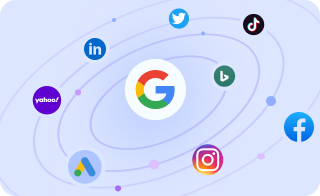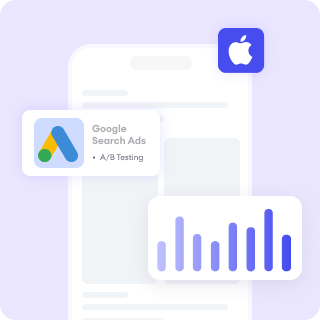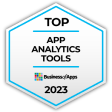What Is Web to App Connect?
Web to App Connect refers to the process of linking a website's content or features to a corresponding mobile application. This connection allows users to seamlessly transition from a web browser to an app, often enhancing the user experience by providing more app-centric functionalities such as notifications, offline access, and more personalized services.
The Importance Of Web to App Connect
This technology bridges the gap between the web and mobile environments, offering several benefits:
- Enhanced User Experience: Users can access the same content on the app with improved speed and functionality.
- Increased App Usage: Directing web traffic to the app helps drive higher engagement with the app, leading to more frequent use and retention.
- Conversion Optimization: Encourages users to perform transactions, sign-ups, or other desired actions on the mobile app, which often offers smoother processes than the web version.
Learn more:
What Is A Good Conversion Rate And How to Calculate It
Types Of Web to App Connect
- Deep Linking: Involves creating a direct link to a specific page or screen within the app.
- Universal Links (iOS): These are smart links that open in the app if it's installed, and fallback to the web page if the app is not installed.
- App Links (Android): Similar to Universal Links, these allow users to either open the app or redirect to the website based on the app’s installation.
Examples Of Web to App Connect
- A mobile app for an online retailer includes a feature where clicking on a product link on the website opens the corresponding product page directly within the app.
- A restaurant's website contains links that, when clicked, open the menu directly in their mobile app for easier ordering.
Best Practices For Web to App Connect
- Implement Universal and App Links to ensure that users are seamlessly directed to the app.
- Ensure deep linking is configured to handle all edge cases where users may not have the app installed.
- Provide a clear, user-friendly experience when transitioning between web and app environments, avoiding friction.
Key Aspects Of Web to App Connect
- User Flow Optimization: Make sure that users know they are moving from a website to an app and understand the benefits of doing so (e.g., faster load times, exclusive app content).
- App Availability: Always check that the app is available on both iOS and Android for broad reach.
- Redirection Logic: Ensure that if a user doesn't have the app, there is a clear option to download it, potentially using prompts or banners.
Challenges For Web to App Connect
- User Resistance: Some users may resist downloading apps, especially if they are content with the web version.
- Compatibility Issues: Ensuring that both web and app versions are consistent in functionality can be challenging, especially when dealing with different operating systems and devices.
Relevant Metrics
- App Install Rate: Tracks the number of users who transition from the website to downloading the app.
- Engagement Rate: Measures how often users interact with the app after being directed from the website.
- Conversion Rate: Measures the number of transactions or other actions taken within the app versus the web.
Conclusion
Web to App Connect is an essential aspect of modern digital marketing and user experience. It streamlines the transition between web and mobile environments, promoting greater user engagement and boosting overall app retention and conversion rates.







